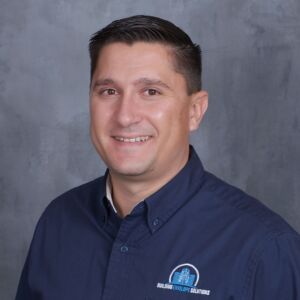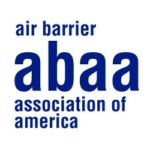
- This event has passed.
Improved Building Performance Through Enclosure Testing
January 4 @ 1:00 PM - 2:00 PM EST
The presentation will review the application of lab and field testing to evaluate and improve building enclosure performance. Architects, engineers, consultants, and other construction industry professionals have learned that implementing a quality assurance protocol including validation testing results in improved building performance. These buildings provide increases in energy efficiency, durability, indoor air quality, and occupant comfort. This presentation reviews basic building science principles to help us understand why the control layers are critical to the performance of the building. You will also learn why airtightness is a critical but often overlooked aspect of the building enclosure due and why it can be more difficult to identify air leakage. You will come away with a stronger understanding of how the air and moisture control layers of a building enclosure work and how to improve building performance and avoid common problems in design and construction.
Learning Objectives:
- Identify the types of materials commonly used for air and moisture barriers in wall assemblies.
- Use basic building science principles to understand the importance of air and moisture control.
- Discuss lab and field-testing methods used to evaluate the performance of the materials and the installation.
- Discuss how testing can be used to improve the building performance.
- Identify what can go wrong when the design or installation does not provide effective air or moisture control.
 Matthew Ritchie, RBEC, CABS, CDT
Matthew Ritchie, RBEC, CABS, CDT
Senior Building Enclosure Consultant, Building Envelope Solutions
Matthew Ritchie RBEC, CABS, CDT is a senior building enclosure consultant at Building Envelope Solutions with over 15 years of experience. Matthew has received education and training through the several industry specific trade associations including the International Institute of Building Enclosure Consultants (“IIBEC”), The Air Barrier Association of America (ABAA) and the Construction Specifications Institute (CSI). One of his many duties includes performing building enclosure assessments for commercial and industrial buildings for quality assurance and legal support purposes. He conducts forensic investigations using thermal imaging, air leakage, and moisture detection equipment and performs physical examination and testing of installed windows, roofing, waterproofing, and air barriers. He is also responsible for generating reports documenting observations and findings with recommendations and cost estimates and developing repair details and construction documents.
